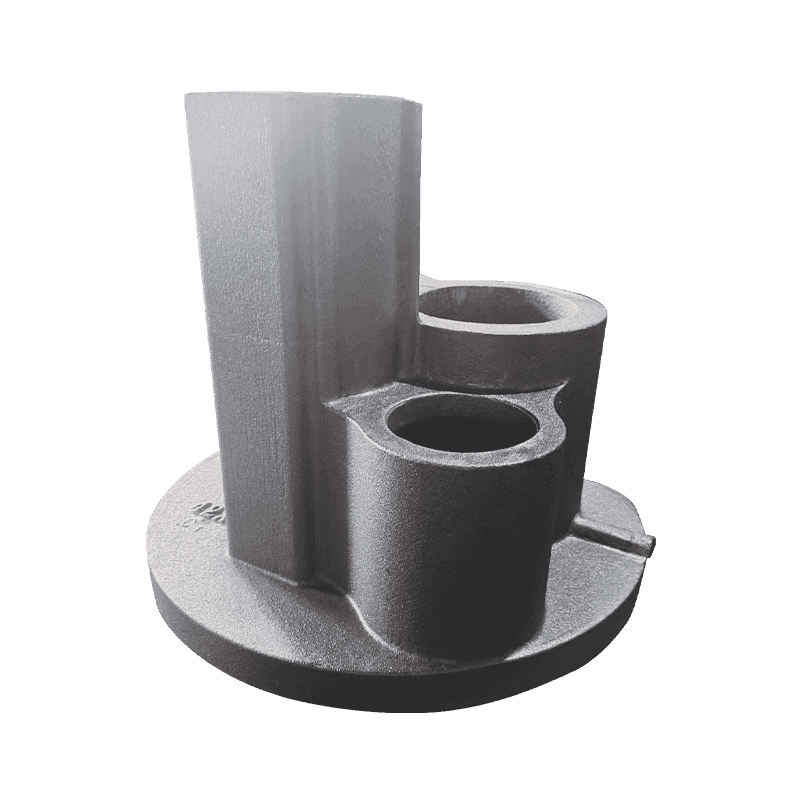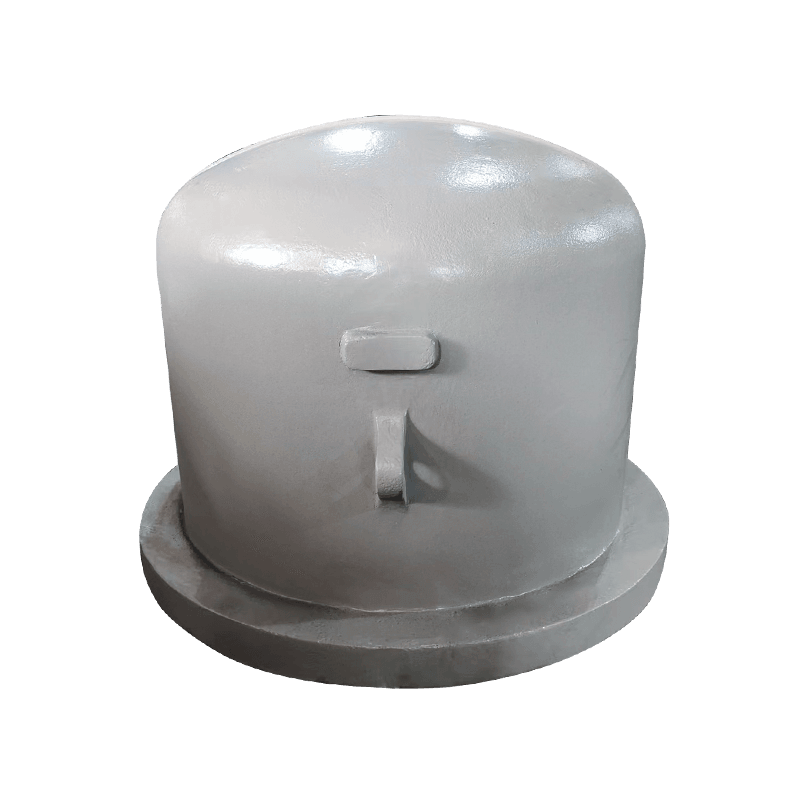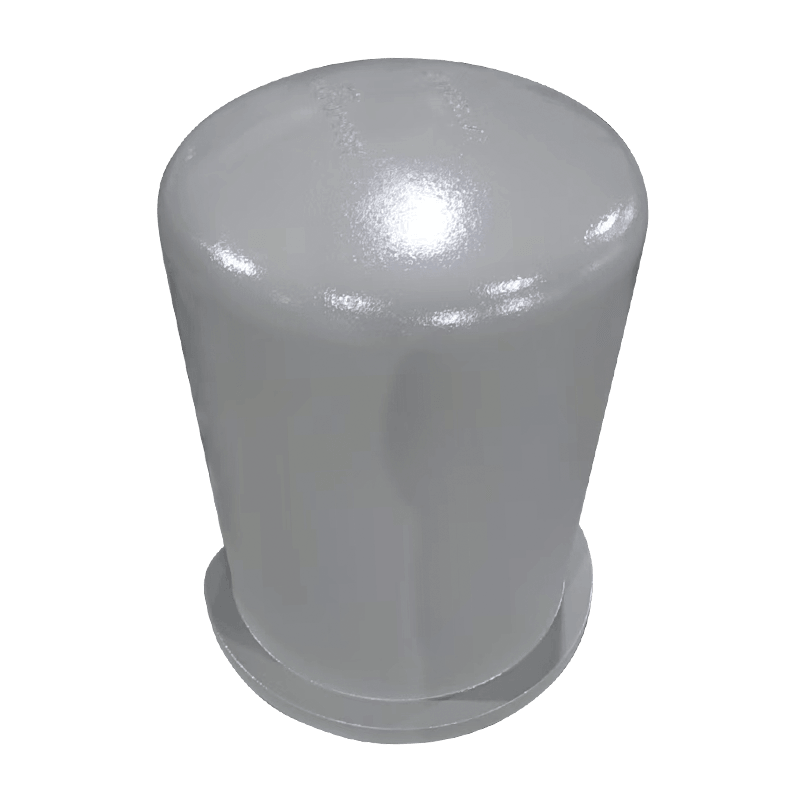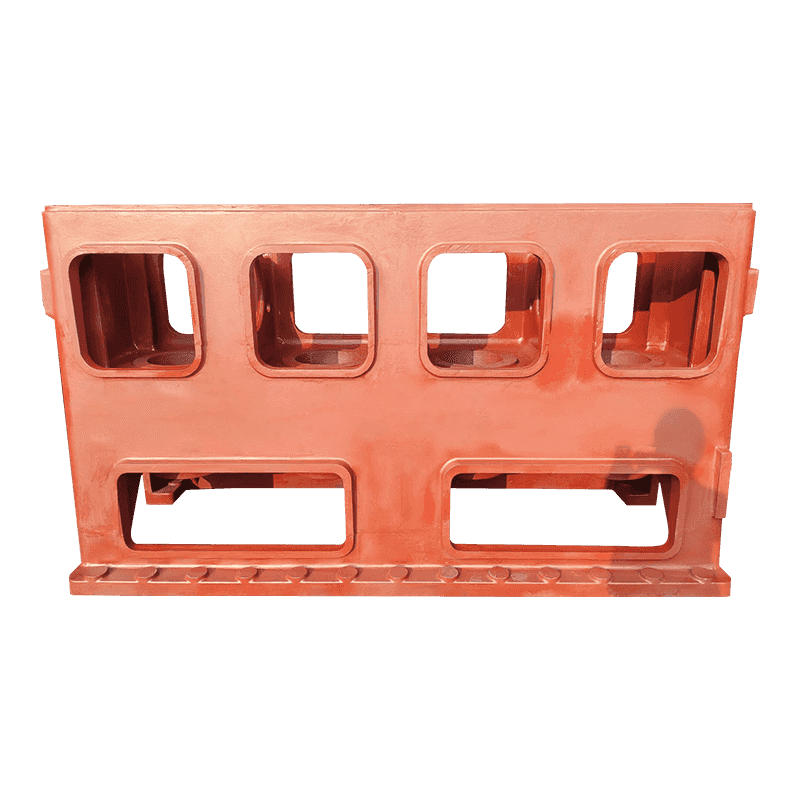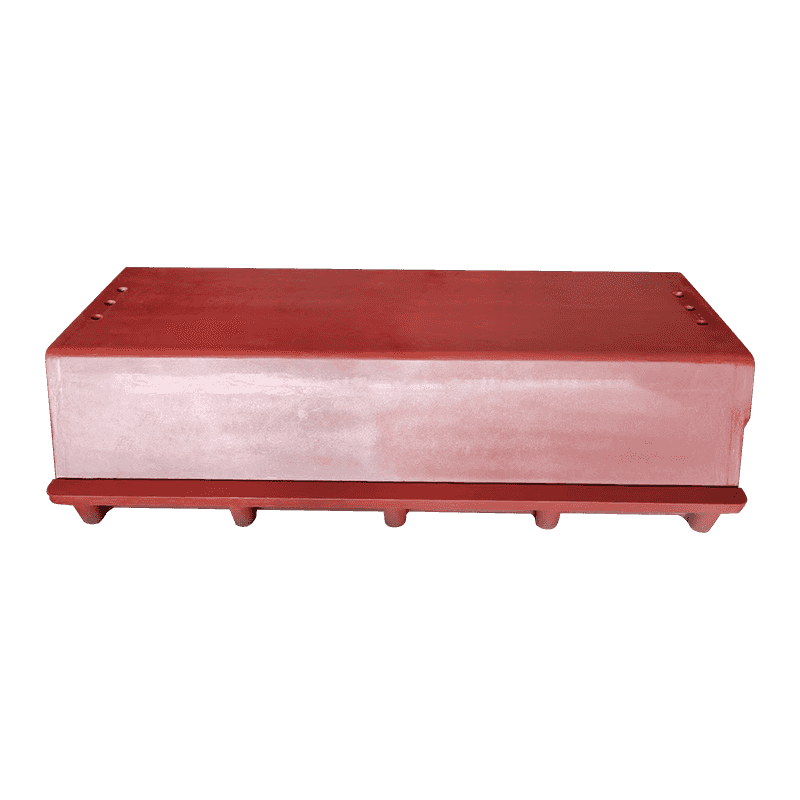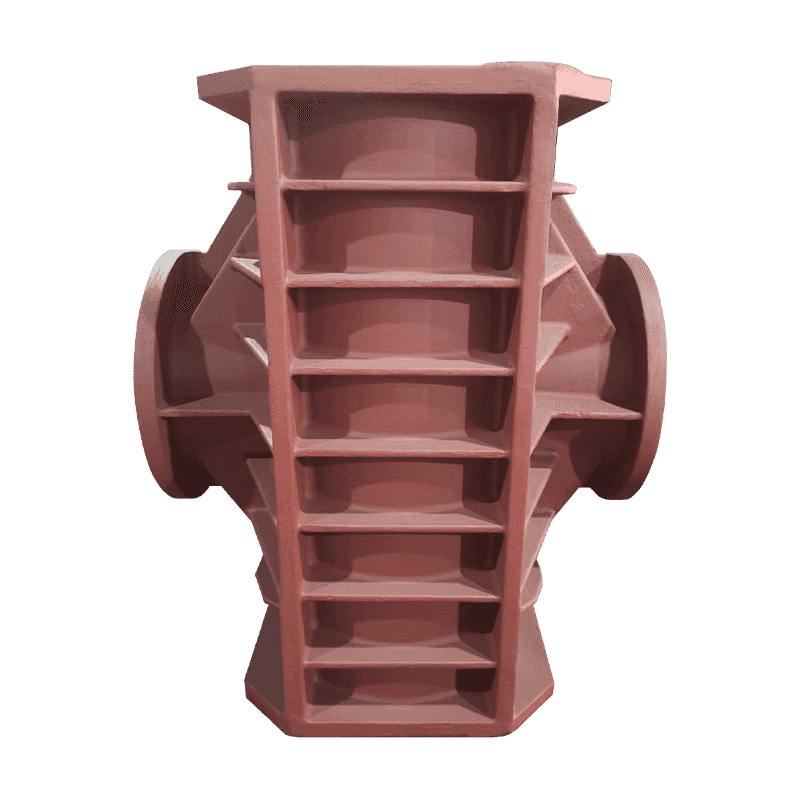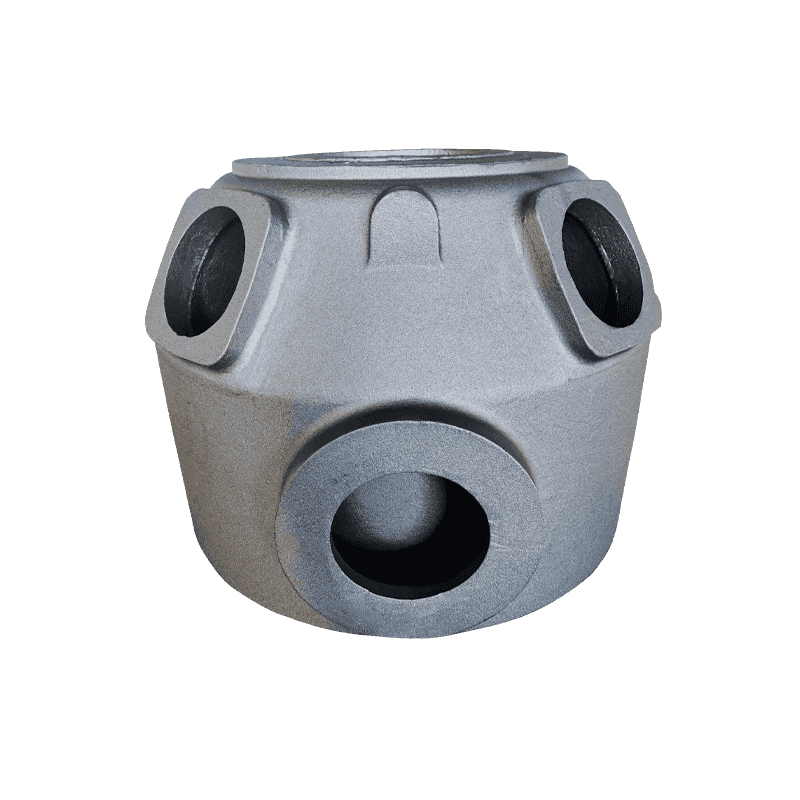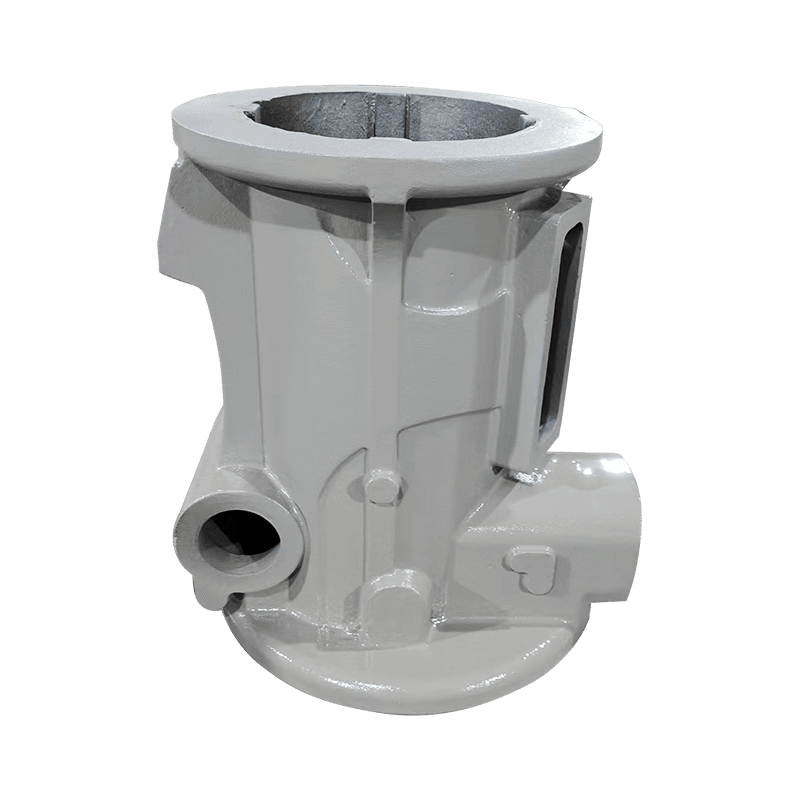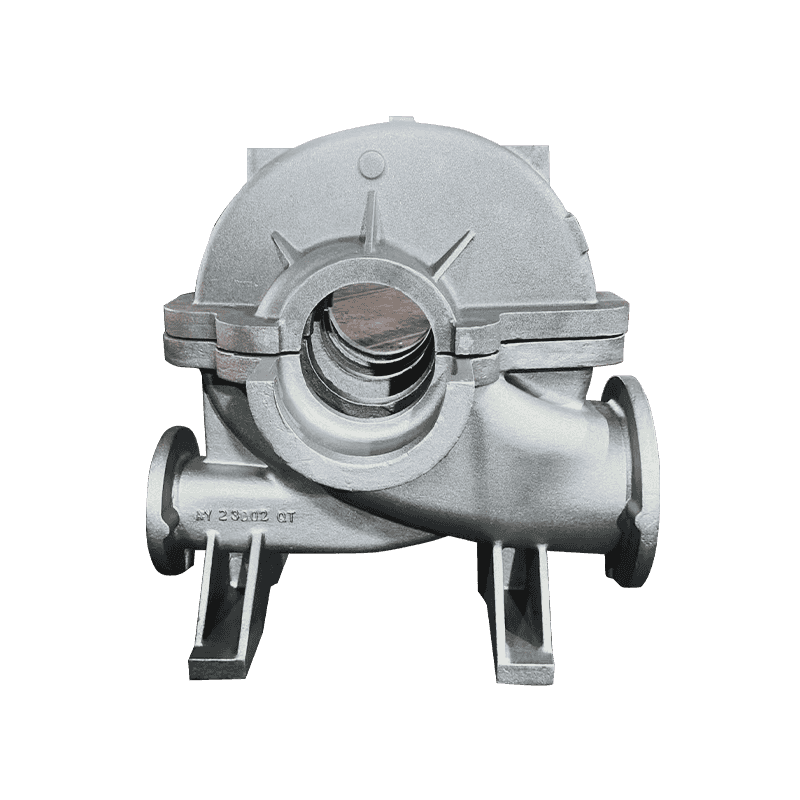Cracking: Cracking in pump and valve castings can arise from several factors, including thermal stress induced during rapid cooling or heating, mechanical stress from improper handling, or residual stresses from the casting process. These cracks can compromise the structural integrity and lead to catastrophic failures during operation. To mitigate the risk of cracking, manufacturers should focus on controlled cooling processes to minimize thermal shock. Employing gradual temperature changes during both the casting and machining stages can significantly reduce the likelihood of thermal stress-related cracks. Additionally, implementing rigorous quality control practices, including non-destructive testing (NDT) techniques like dye penetrant testing or magnetic particle inspection, can help detect cracks before the components are put into service.
Corrosion: Corrosion is a prevalent issue for pump and valve castings, particularly when exposed to corrosive fluids or aggressive environmental conditions. The choice of material plays a crucial role in its susceptibility to corrosion, with certain alloys being more resistant than others. Utilizing corrosion-resistant materials, such as high-grade stainless steels or specialized alloys, can greatly enhance durability. Applying protective coatings, such as epoxy or ceramic finishes, provides an additional barrier against corrosive agents. Furthermore, conducting regular inspections and maintenance can help identify early signs of corrosion, allowing for timely intervention before severe degradation occurs.
Porosity: Porosity refers to the presence of tiny air pockets or gas bubbles trapped within the casting, which can create weak points that compromise structural integrity. This issue often arises from improper casting techniques, such as insufficient venting during the pouring process. Employing advanced casting techniques, such as vacuum casting or pressure casting, can minimize the likelihood of porosity by ensuring a smoother flow of molten metal and effective removal of gas. Implementing stringent quality control measures, including X-ray or ultrasonic testing, allows for the detection of porosity and other internal defects early in the production process.
Wear and Erosion: Continuous operation in environments where abrasive materials are present can lead to wear and erosion, particularly in components subjected to high flow velocities or turbulence. This wear can significantly reduce the lifespan of pump and valve castings. To combat wear and erosion, selecting materials with enhanced wear resistance, such as hardened steel or specially formulated alloys, is critical. Additionally, surface treatments such as hardening, nitriding, or applying protective coatings can greatly increase resistance to abrasive wear. Regular maintenance checks can help identify areas of excessive wear, allowing for proactive measures before complete failure occurs.
Inadequate Sealing: Inadequate sealing often results in leaks, which can arise from improper installation, wear of sealing surfaces, or degradation of sealing materials over time. Leaks can compromise system efficiency and lead to environmental concerns. Designing castings with optimal sealing features and using high-quality sealing materials can prevent inadequate sealing. It is essential to provide proper training for personnel involved in the installation of these components to ensure correct practices are followed. Regular maintenance and inspections should include checking seals for wear or degradation to prevent leaks from developing into significant issues.

